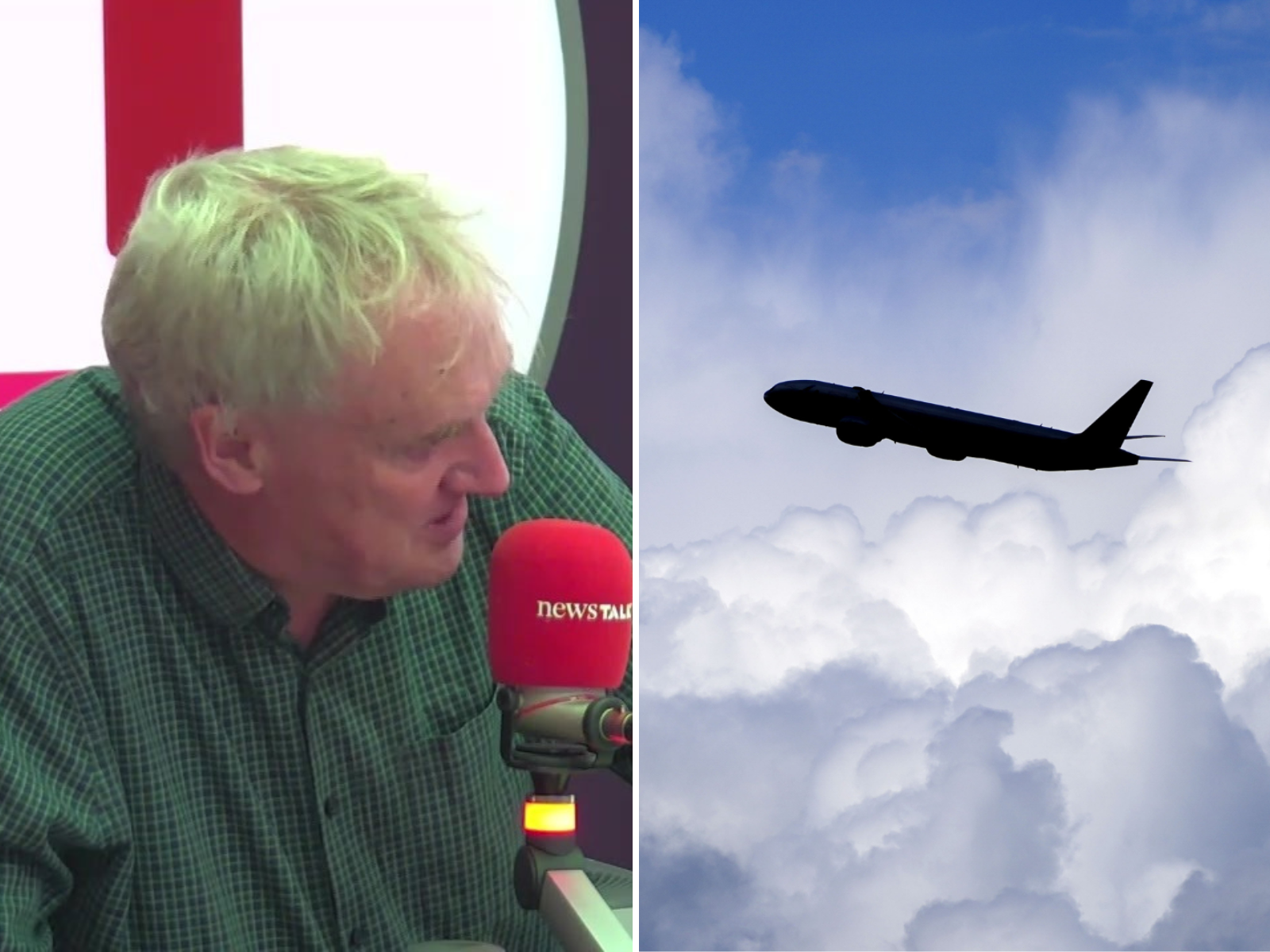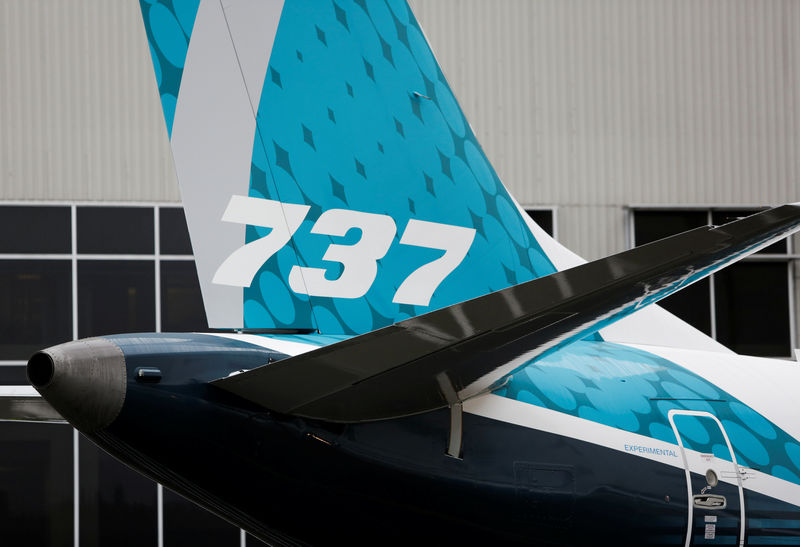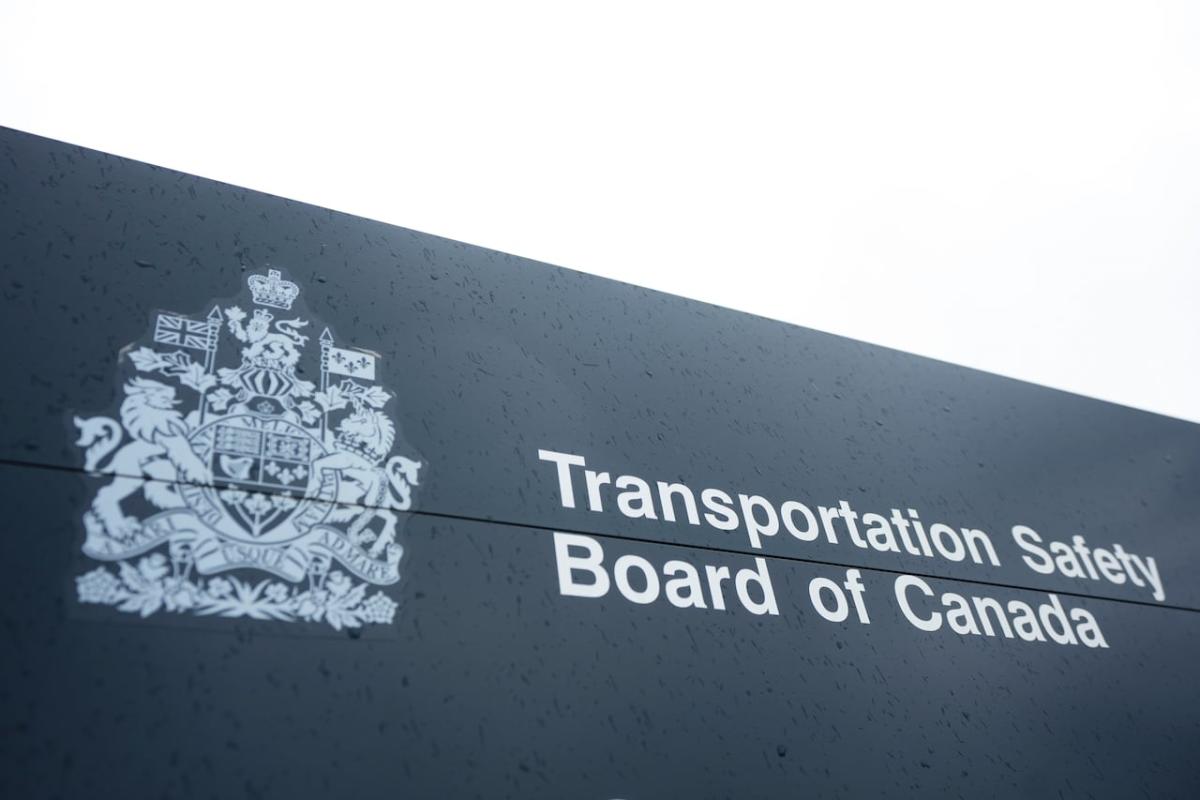










Two Microflite helicopters crashed at Mount Disappointment in Victoria, Australia on March 31, 2022. The crash occurred when the helicopters encountered a wall of cloud during a flight to inspect property on the New South Wales-Victoria border. The pilot of the second helicopter, Dean Neal, who was not trained to fly in cloudy conditions, lost control and crashed, resulting in the deaths of Neal and his four passengers. The Australian Transport Safety Bureau (ATSB) determined that the crash was preventable and recommended that pilots be trained to use instruments for flying in non-clear weather. However, instrument training is not currently mandatory for all helicopters in Australia.
The families of the victims are advocating for a change in the law to prevent similar incidents in the future. They believe that if the pilot and helicopter had been equipped for instrument flight, the tragedy could have been avoided. They are calling for a higher safety standard for commercial operators and criticize the regulator, claiming that cost and convenience are prioritized over safety. The ATSB issued a safety recommendation to the Civil Aviation Safety Authority (CASA) to reduce the risk for paying passengers, but CASA has not yet responded. The families are urging for a change in the law to protect others and prevent similar incidents in the future [1af7ac14].
In a separate incident, the family of Abimbola Ogunbanjo, former Group Chairman of the Nigerian Exchange Group Plc, has filed a wrongful death and negligence lawsuit against Orbic Air and its CEO Brady Bowers following a fatal helicopter crash in Southern California. The crash occurred under adverse weather conditions, raising questions about safety protocols and pilot judgment. The lawsuit aims to uncover the truth behind the decision to fly in such conditions and seeks recompense for funeral expenses and punitive damages. This incident highlights the vulnerabilities of helicopters in snowy and icy conditions and raises concerns about safety standards and regulatory requirements in the helicopter industry. The ongoing investigation by the US National Transportation Safety Board (NTSB) may lead to regulatory changes and increased focus on operational risk management [a309dd9a].
In another incident, one person has died and seven are missing after two Japanese military helicopters crashed off the Izu Islands in the Pacific Ocean. The helicopters, Mitsubishi SH-60K, were from the Maritime Self-Defense Force and were conducting drills to counter submarines at night. Communication with one helicopter was lost at 10:38 pm off the island of Torishima, and one minute later an emergency signal was received. Around 25 minutes later, the military realized that communication with the other helicopter was also lost in the same area. The cause of the incident is unknown, but the Japanese Ministry of Defense is analyzing the possibility of a collision between the two helicopters. Last April, a Japanese army helicopter with 10 people on board crashed off Miyako island, and in January 2022, a Japanese fighter jet crashed in waters off central Ishikawa region, killing two pilots on board [95d1457f].
One Japanese naval crewman has died and seven others are missing after two helicopters crashed during a night-time drill in the Pacific Ocean. The twin-engine Mitsubishi SH-60Ks were on anti-submarine training near the Izu Islands, 600km (372 miles) south of Tokyo. Communication with one helicopter was lost at 22:38 local time (14:38 BST) off the island of Torishima, and one minute later an emergency signal was received from this aircraft. After 25 minutes, the military realized communication with the other aircraft, also a Mitsubishi SH-60K, was lost in the same area. The cause of the accident is unknown. In April 2023, a Japanese army helicopter with 10 people on board crashed off Miyako island in southern Okinawa, resulting in no survivors [1a31d8b3].
At least one person died and 30 were injured when a Singapore Airlines flight hit severe turbulence. Turbulence is caused by the rapid irregular motion of air, often when air masses with different speed, direction, or temperature meet. There are two types of turbulence: weather-related turbulence, which can be forecasted and avoided, and clear air turbulence, which is less predictable. Turbulence-related airline accidents are the most common type, accounting for more than a third of reported airline accidents. Passengers can protect themselves by always wearing their seat belts, even when the sign is off [64a70702].
A Singapore Airlines aircraft used for a flight in which a passenger died during severe turbulence returned to Singapore on Sunday, five days after its emergency landing in Bangkok. The flight, SQ321, encountered sudden, extreme turbulence while flying over Myanmar. A 73-year-old British man died of a suspected heart attack and dozens were injured. The flight carrying 211 passengers and 18 crew diverted to Bangkok for an emergency landing. At least 43 people who were on board remain hospitalized in Bangkok. The aircraft, operating as flight SQ9071, left Bangkok on Sunday and arrived in Singapore. Singapore Airlines obtained the necessary approvals from the relevant authorities in Singapore and Thailand, the investigators, and the aircraft manufacturer before departure [ce900592].
A man and a woman are lucky to be alive after a light aircraft made a crash landing at Bankstown Airport. The couple on board said they didn't think they were going to make it to the runway. The Squamish RCMP received an automatic plane crash notification from a smartphone in a remote area on the outskirts of the municipality. The police, along with search-and-rescue teams and the Joint Rescue Co-ordination Centre, are working to investigate the crash. The type of plane and the exact time of the notification were not disclosed. The Transportation Safety Board of Canada is aware of the crash and is collaborating with the Squamish RCMP and the B.C. Coroners' Service for the investigation. Squamish is located around 50 km north of Vancouver [0aff5125].
Twelve people were injured during a bout of turbulence on a Qatar Airways flight from Doha to Ireland. The incident occurred while the plane was airborne over Turkey and lasted less than 20 seconds. The flight, QR017, landed safely and as scheduled at Dublin Airport. The injured passengers and crew received medical attention. The incident is subject to an internal investigation by Qatar Airways. Turbulence-related airline accidents are the most common type, according to a 2021 study by the U.S. National Transportation Safety Board [2e3a09cd].
According to a recent article from Business Insider, the president of Emirates, Tim Clark, stated that the severe turbulence incident on a Singapore Airlines flight may lead to stricter seatbelt rules. Clark mentioned that the industry is focusing on ensuring passengers are seated and strapped in. Emirates is also exploring the use of AI to predict turbulence. Last month, there were three incidents of severe turbulence, resulting in one death and multiple injuries. The incidents have prompted airlines to be more concerned about passenger safety. Clear air turbulence, which has been linked to the climate crisis, can be sudden and poses a risk to passengers. A study by the University of Reading found that severe turbulence hours have increased by 55% since 1979 [152a65fd].
In order to improve passenger safety and mitigate the risks associated with turbulence, airlines are planning to tighten seatbelt rules. The recent incidents of severe turbulence, including the one on a Singapore Airlines flight, have prompted the industry to focus on ensuring that passengers are seated and securely strapped in. Tim Clark, the president of Emirates, mentioned that the incident may lead to stricter seatbelt rules. Additionally, airlines are exploring the use of artificial intelligence (AI) to predict turbulence and provide advanced warnings to pilots. Emirates is one of the airlines actively looking into this technology. The aim is to enhance passenger safety and reduce the number of injuries caused by turbulence. The incidents of severe turbulence have raised concerns about the risks posed by clear air turbulence, which can be sudden and unpredictable. Studies have shown that severe turbulence hours have increased by 55% since 1979, potentially due to the effects of the climate crisis. By implementing stricter seatbelt rules and utilizing AI technology, airlines hope to improve passenger safety and minimize the impact of turbulence-related incidents [152a65fd].
Singapore Airlines has offered $10,000 compensation to passengers who suffered minor injuries during a flight hit by violent turbulence in May 2024. The flight, SQ321 from London to Singapore, had to be diverted to Bangkok after a 54-meter altitude drop caused unbelted passengers to be thrown violently inside the cabin. A 73-year-old British man died and several other passengers and crew suffered skull, brain, and spine injuries. The airline has also offered an advance payment of $25,000 to passengers with serious injuries requiring long-term medical care. All passengers on the flight will receive a refund of their airfares and delay compensation in accordance with EU or UK regulations. The incidents of severe turbulence have prompted Singapore Airlines to compensate affected passengers and review their safety protocols to prevent similar incidents in the future [c010bf29].
Korean Air will no longer offer Shin Ramyun instant noodles to economy-class passengers starting August 15, 2024, due to increased turbulence and safety concerns. The decision is part of proactive safety measures to prevent burn accidents. Business- and first-class passengers will still receive the noodles individually to reduce spill risks. Concerns about serving hot food and liquids on airplanes have led to lawsuits in the past, and turbulence adds to the risk. Turbulence encounters are reportedly on the rise, potentially due to the impacts of climate change on flying conditions [478de06f].
Professor Luke O’Neill warns that global warming will lead to increases in 'severe' turbulence. Turbulence is caused by clashing bodies of air moving at different speeds. Currently, turbulence costs the US economy $500 million each year. There are three types of rough air currents: mountain wave turbulence, convective turbulence, and clear air turbulence. Clear air turbulence is the most important and unpredictable type. Recent incidents of severe turbulence were a result of clear air turbulence. A study of 65,000 planes over the last 40 years found an increase in rough air currents, with global warming being the likely cause. The projections indicate an increase in severe turbulence, but the timing is uncertain. Climate change will continue to be monitored [3bebf323].